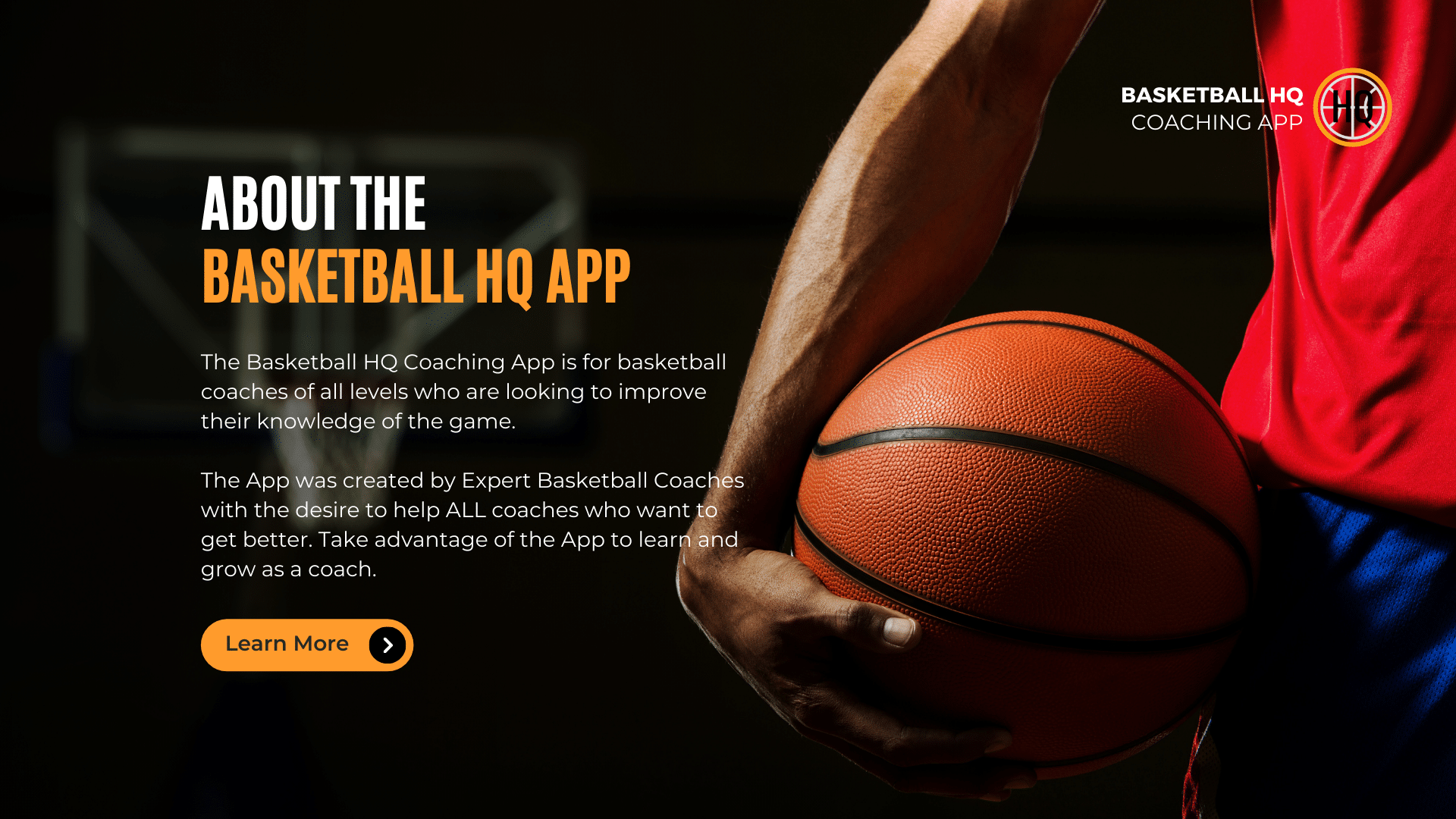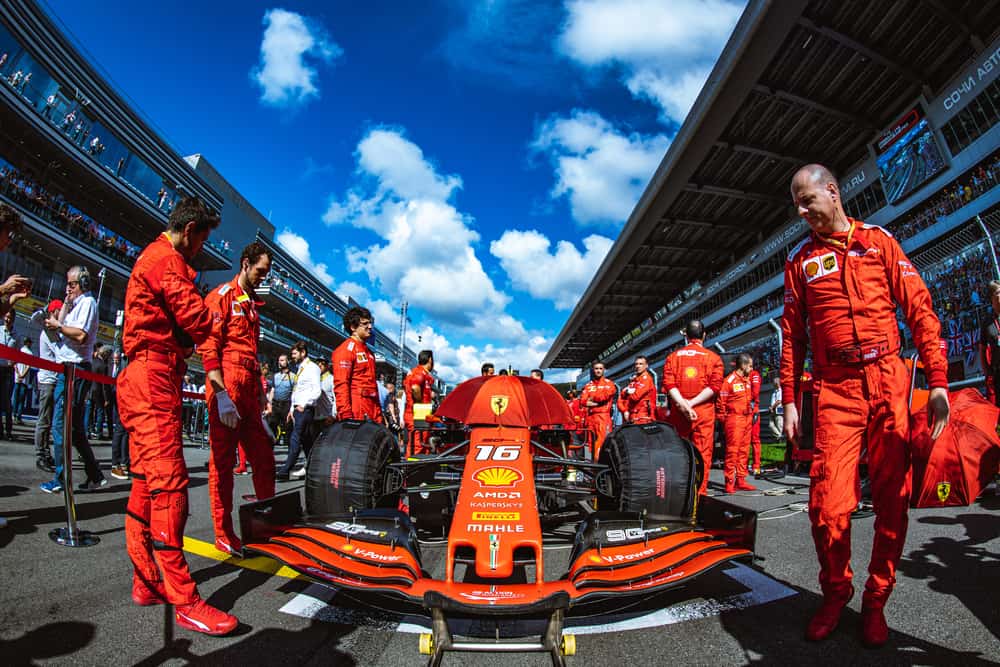
Tentu, ini artikel berbahasa Inggris tentang meningkatkan koordinasi untuk pemain bola basket, dengan panjang sekitar 1200 kata.
The Symphony of Motion: Enhancing Coordination for Elite Basketball Performance
Basketball is a mesmerizing ballet of power, precision, and lightning-fast decisions. From the electrifying crossover that leaves a defender bewildered to the perfectly timed pass that sets up an easy score, every moment on the hardwood demands a profound connection between a player’s mind and body. At the heart of this connection lies coordination – the unseen force that orchestrates every dribble, shot, and defensive slide. For basketball players aspiring to elevate their game, improving coordination isn’t just an option; it’s a fundamental necessity.
This comprehensive guide will delve deep into the multifaceted world of coordination, exploring why it’s paramount in basketball, breaking down its core components, and providing a wealth of actionable drills and strategies to transform your movement into a seamless, unstoppable symphony on the court.
What Exactly is Coordination in Basketball?
Coordination, in its simplest definition, is the ability to use different parts of the body together smoothly and efficiently. In basketball, however, it’s a far more intricate concept, encompassing several vital elements:
- Hand-Eye Coordination: The ability to process visual information and execute precise hand movements in response. Think catching a pass, dribbling without looking, or shooting with accuracy.
- Foot-Eye Coordination: Similar to hand-eye, but involving the feet. Crucial for footwork, defensive slides, and landing from jumps.
- Balance: The ability to maintain equilibrium while stationary or in motion. Essential for shooting off-balance, absorbing contact, and quick changes of direction.
- Agility: The capacity to change direction quickly and efficiently while maintaining control. Vital for navigating screens, driving to the basket, and closing out on shooters.
- Reaction Time: The speed at which a player can respond to a stimulus. Critical for intercepting passes, blocking shots, and reacting to offensive moves.
- Spatial Awareness (Proprioception & Kinesthetic Awareness): The understanding of one’s body position in space relative to others and the ball. This "sixth sense" allows players to navigate traffic, set screens, and move effectively without constantly looking.
- Ambidexterity: The ability to perform tasks equally well with both sides of the body, particularly hands and feet. A hallmark of elite ball-handlers and finishers.
When these components work in harmony, a player’s movements become fluid, economical, and highly effective, making them a true force on the court.
Why Coordination is the Unsung Hero of Basketball Performance
Every fundamental skill in basketball is underpinned by strong coordination. Let’s explore its critical impact:
- Dribbling: Superior hand-eye coordination allows for precise ball control, enabling advanced moves like crossovers, behind-the-backs, and between-the-legs dribbles without breaking stride or losing sight of the court. It frees the eyes to scan for teammates and defenders.
- Shooting: A coordinated shooting motion involves a seamless sequence from the feet up, ensuring balance, proper form, and a consistent release point. Any breakdown in this chain leads to inaccuracy.
- Passing: Excellent hand-eye coordination combined with spatial awareness allows players to deliver crisp, accurate passes to moving targets, anticipating their teammates’ positions and movements.
- Defense: Quick foot-eye coordination and agility are paramount for mirroring offensive players, staying in front, and reacting to cuts and drives. Balance is crucial for absorbing contact and contesting shots without fouling.
- Rebounding: Timing jumps, boxing out, and securing the ball in traffic all require exceptional spatial awareness, balance, and hand-eye coordination.
- Fast Breaks & Transitions: The ability to quickly transition from defense to offense, dribble at full speed, and make split-second decisions for passes or shots demands peak coordination under pressure.
- Injury Prevention: Coordinated movements are efficient movements. They reduce unnecessary stress on joints and muscles, making players less susceptible to sprains, strains, and other common basketball injuries.
Ultimately, better coordination translates to fewer turnovers, more efficient scoring, tighter defense, and a general increase in overall basketball IQ and effectiveness.
Foundational Principles for Coordination Training
Before diving into specific drills, it’s essential to understand the principles that govern effective coordination development:
- Consistency is Key: Like any skill, coordination improves with consistent practice. Short, focused sessions are more effective than infrequent, lengthy ones.
- Progressive Overload: Start simple and gradually increase the difficulty, speed, complexity, and pressure of your drills.
- Specificity: While general coordination helps, incorporating basketball-specific movements and contexts will yield the best results.
- Variety: Introduce different drills and exercises to challenge your nervous system in new ways and prevent plateaus.
- Mind-Body Connection: Be present and focused during your drills. Visualize success and understand the "why" behind each movement.
- Ambidextrous Focus: Consciously work on your weaker side. True coordination means proficiency with both hands and feet.
Unleashing Your Potential: Drills for Enhanced Coordination
Here’s a breakdown of drills, categorized by the primary coordination component they target, designed to sharpen your skills:
1. Hand-Eye Coordination & Ball Mastery
These drills improve your ability to track and control objects, especially the basketball.
- Tennis Ball Drills:
- Wall Throws: Stand facing a wall, throw a tennis ball with one hand and catch it with the other. Progress to throwing two balls simultaneously or throwing one, clapping, then catching.
- Two-Ball Dribbling & Catching: Dribble two basketballs simultaneously. While dribbling, have a partner throw a tennis ball at you, requiring you to catch it while maintaining your dribble.
- Partner Drills: Stand facing a partner, dribbling a basketball. Your partner throws tennis balls at you, which you must catch and return while continuously dribbling the basketball.
- Juggling: Start with two balls, then progress to three. Juggling significantly enhances visual tracking, rhythm, and fine motor control in the hands.
- Reaction Balls: These oddly shaped balls bounce unpredictably. Throw them against a wall or floor and react quickly to catch them. Incorporate dribbling a basketball while doing this.
- Peripheral Vision Drills: Dribble a basketball while trying to identify objects or numbers held up by a coach or partner at the edges of your vision without directly looking at them.
2. Footwork, Agility & Balance
These drills build quickness, stability, and the ability to change direction fluidly.
- Agility Ladder Drills:
- Ickey Shuffle: Quick feet in-out, in-out.
- Lateral Shuffle: Shuffle sideways through the ladder.
- Carioca (Grapevine): Step over, behind, step over, front.
- Progression: Perform these drills while simultaneously dribbling a basketball, then add a pass or shot at the end.
- Cone Drills:
- Shuttle Runs: Sprint between cones, touching the ground at each.
- Figure-Eight Dribbling: Dribble around two cones in a figure-eight pattern, alternating hands.
- Defensive Slides: Set up cones in a triangle or square and perform defensive slides, focusing on low stance and quick changes of direction.
- Progression: Integrate a partner who calls out directions (left, right, back, front) for you to react to.
- Single-Leg Balance Drills:
- Stance Holds: Stand on one leg for 30-60 seconds, maintaining perfect balance. Close your eyes for an added challenge.
- Single-Leg Shooting: Practice your shooting form while balancing on one leg.
- Bosu Ball Drills: Stand on a Bosu ball (flat side down for more challenge, dome side down for less) and perform squats, lunges, or even dribble a basketball.
- Plyometrics (with focus on landing):
- Box Jumps: Jump onto a box, focusing on soft, controlled landings.
- Hurdle Hops: Jump over small hurdles, again emphasizing controlled landings and quick ground contact. These build explosive power and refine body control.
3. Spatial Awareness & Reaction Time
These drills enhance your court vision, decision-making, and quick responses.
- Partner Mirroring Drills: One player leads with various defensive slides, shuffles, and pivots, while the other player mirrors their movements precisely. Add a basketball for the leader to dribble.
- "Traffic" Dribbling: Set up cones or use teammates as passive defenders. Dribble through the "traffic," focusing on keeping your head up and avoiding contact.
- Small-Sided Games: Playing 1v1, 2v2, or 3v3 in a confined space forces quicker decisions, tighter ball handling, and constant awareness of teammates and opponents.
- Visual Cue Drills: A coach or partner stands at different points on the court and points in a direction or holds up a number. The player must react accordingly while dribbling or performing a drill. For example, if the coach points left, drive left; if they hold up "3," shoot a three-pointer.
4. Integrating Cognitive Elements
High-level coordination isn’t just physical; it’s also about thinking quickly under pressure.
- Decision-Making Dribbling: Dribble down the court. A coach or partner stands in front with two options (e.g., holding up two fingers for a pass, one finger for a shot). You must react instantly.
- Call-Out Drills: While dribbling through an obstacle course, a partner calls out colors or numbers. You must either touch the corresponding cone/object or make a specific move related to the call.
- Multi-Tasking: Dribble the ball while reciting multiplication tables, having a conversation, or calling out plays. This trains your brain to process information without solely focusing on the ball.
Structuring Your Coordination Training
Coordination drills should be integrated into your regular basketball training schedule. Here’s a suggested approach:
- Warm-up: Incorporate light agility ladder work, dynamic stretches, and tennis ball drills to activate the nervous system.
- Dedicated Sessions: Allocate 15-20 minutes, 2-3 times a week, specifically for coordination drills. Focus on 2-3 drill types per session to ensure quality over quantity.
- Integration: Weave coordination challenges into your skill work. For example, add a reaction component to your shooting drills or a multi-tasking element to your ball-handling routines.
- Cool-down: Static stretching and foam rolling to aid recovery.
Remember to always prioritize proper form over speed initially. As your coordination improves, you can gradually increase the intensity, speed, and complexity of the drills.
The Mental Edge and Recovery
Coordination is as much mental as it is physical.
- Visualization: Spend time mentally rehearsing complex movements and drills. See yourself executing them flawlessly.
- Focus: Be fully present during your training. Eliminate distractions and concentrate on the subtle nuances of each movement.
- Rest and Nutrition: The nervous system, which governs coordination, needs adequate rest and proper nutrition to repair and adapt. Ensure you’re getting enough sleep, staying hydrated, and fueling your body with nutrient-rich foods.
Conclusion
Improving coordination for basketball players is a journey, not a destination. It’s about meticulously refining the intricate dance between your mind and body, transforming raw athletic potential into fluid, purposeful motion. By consistently engaging in targeted drills that challenge your hand-eye coordination, footwork, balance, agility, and cognitive processing, you will unlock new levels of performance.
Embrace the process, celebrate small victories, and watch as your movements on the court evolve from disjointed efforts into a seamless symphony of elite basketball performance. The court is your stage, and coordination is the conductor that brings your game to life.



